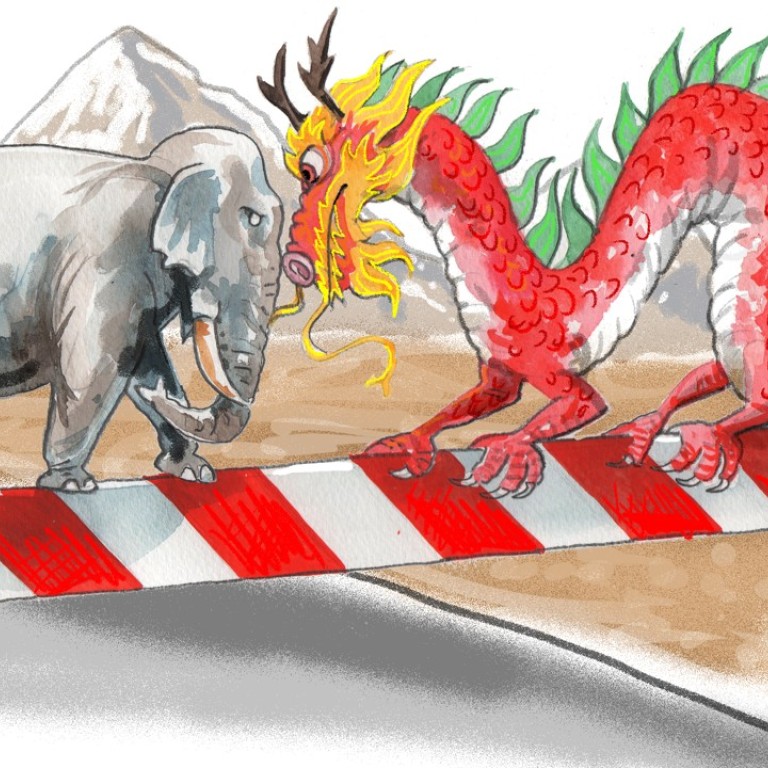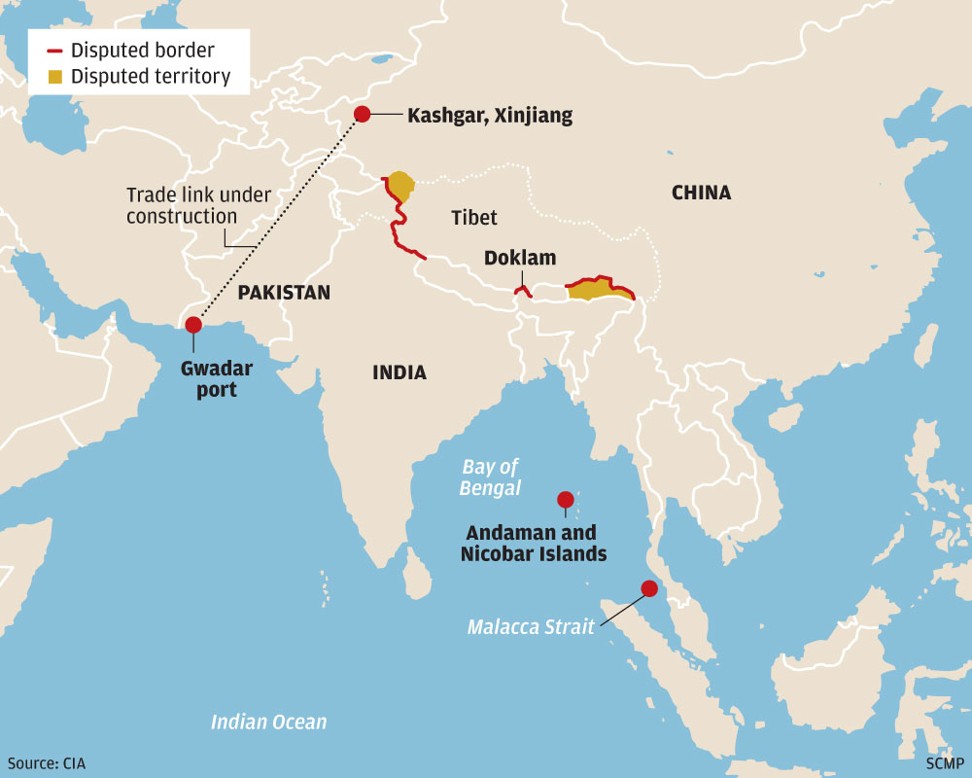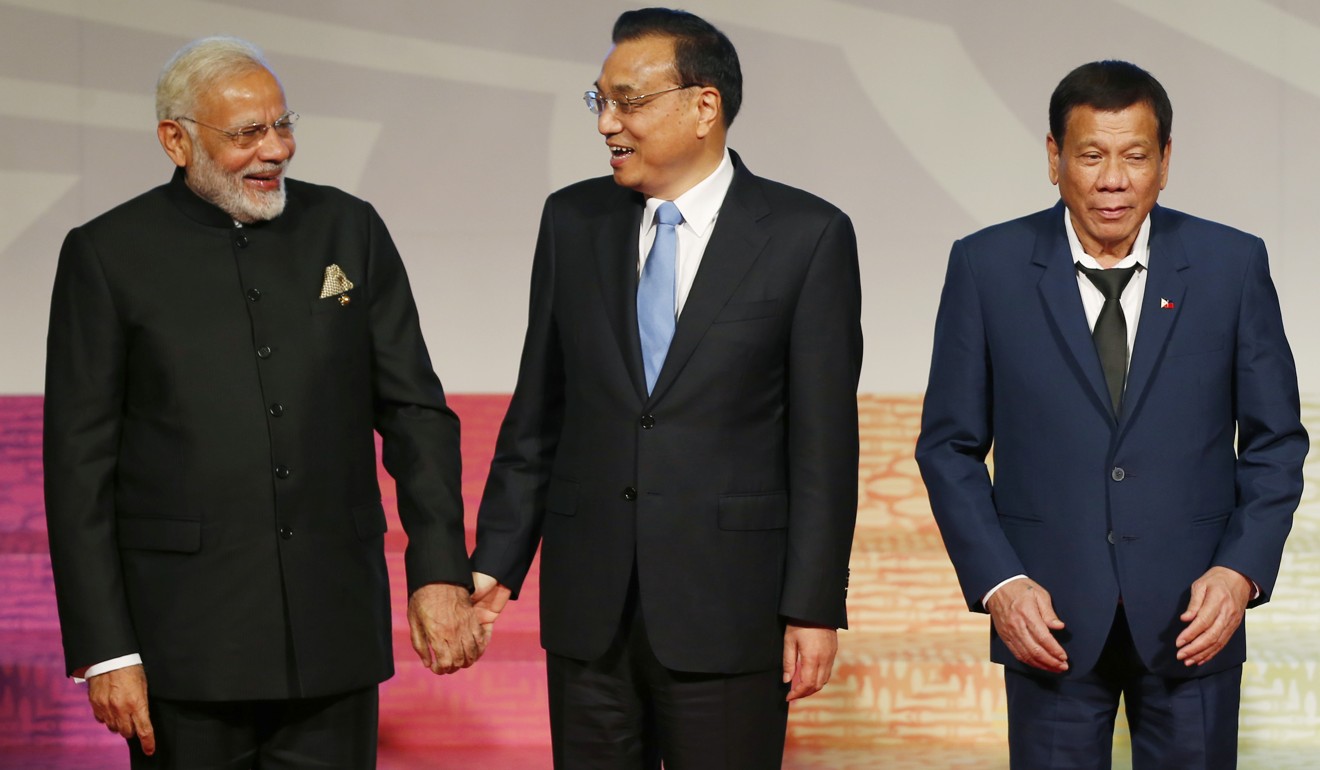
Doklam stand-off with China: will India learn the right lessons or pay as Nehru did?
Zhou Bo says if today’s India insists it is not the India of 1962, it should remember that China, too, is not the same. Triumphalism, mixed with adventurism, on border disputes could cost India dearly, as it did the Nehru government
It won’t be easy for China and India to draw some common lessons. Beijing and Delhi disagree even on the length of the border: China maintains it is 2,000km while India holds it is 3,488km, including disputed areas in Jammu and Kashmir and Arunachal Pradesh.
The Line of Actual Control in the border areas is not verified. And, without a clear idea of the alignment, patrolling troops sometimes end up entering an area perceived by the other side to be its own “territory”. But the Doklam stand-off was a different story. China and India have no territorial dispute in Doklam, which Beijing believes is Chinese territory and India believes is Bhutanese territory.
Delhi referred to the 2007 India-Bhutan Friendship Treaty as the raison d’être for sending troops into Doklam. But the treaty only states that the two countries “shall cooperate closely ... on issues relating to their national interests”. There is no clear invitation from the Bhutanese government to the Indian side for military assistance.

The most talked about reason for Delhi’s intervention was its fear that, if China controlled the Siliguri corridor “chicken’s neck”, a thin strip of land just south of Doklam, it would cut off India from its northeastern states, including Arunachal Pradesh – over which China claims sovereignty. But the incident may have occurred against the backdrop of India’s strong sense of hopelessness in the face of China’s growing economic and military influence in the Indian Ocean and its hallucination of being encircled by China.

Can China, India rebuild trust as border tensions linger?
Contrary to how Indian media described it, the Doklam stand-off was not even a tactical victory for India. Indian soldiers withdrew first from the site, as China insisted. Today, Chinese soldiers remain in Doklam. China made it very clear in the wake of disengagement that its troops would continue to patrol its own territory and road construction would have to be completed. Fresh Chinese road construction activity, although not at the exact location of the face-off, began shortly after.
The Sino-Indian border will not be the same again, to the disadvantage of India
India’s China policy off target, says Modi’s Mandarin-speaking ‘guided missile’
Chinese and Indian soldiers clash in Ladakh
India’s Narendra Modi charmed with his words, it is now high time for action
Should another stand-off occur, tension, fuelled by animosity and nationalism on both sides, may threaten to spiral out of control.
Any conflict between the second-largest economy and the fifth-largest-to-be are most unfortunate. But reflecting on the probability of a worst-case scenario in the first place may help prevent that from occurring in the end. The fact that China and the former Soviet Union had a skirmish in 1969 means that war is still possible between two nuclear powers. India’s military resources cannot sustain a showdown with China. The Indian army’s ammunition reserves during the Doklam stand-off were reportedly only capable of lasting 10 days in a war.
China, India should pursue peace on border, move on from dispute, leaders agree
When asked what lessons India might learn from the Doklam stand-off, then Indian defence minister Arun Jaitley said: “India of 2017 is different from India of 1962.” In response, a Chinese spokesman said briefly but correctly, “so is China”.
Zhou Bo is an honorary fellow with PLA Academy of Military Science

